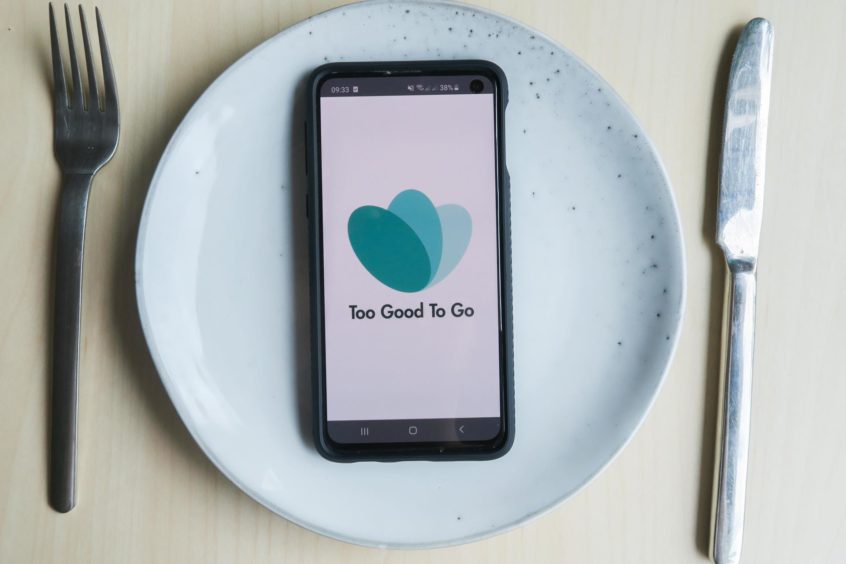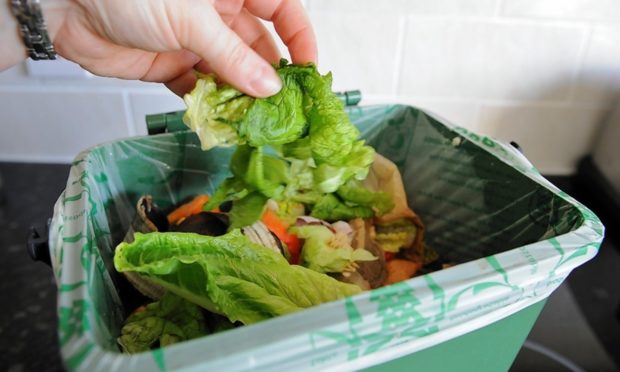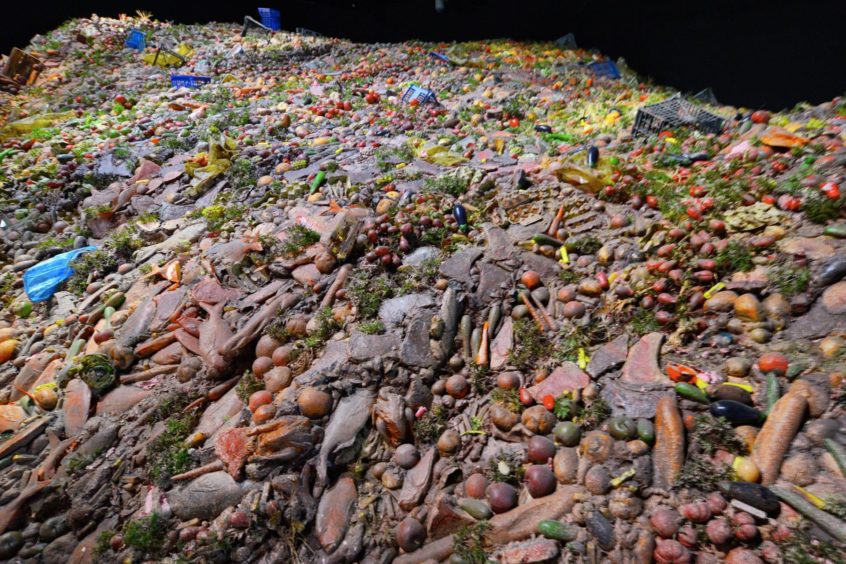The ‘frightening’ amount of food we throw away every year has been revealed in a nationwide report commissioned by waste app Too Good To Go.
Nationwide research has laid bare the shocking reality of UK food waste per household, with the average family chucking out 26 cartons of orange juice, 52 rashers of bacon, 75 packets of peppers and as many as 78 bags of lettuce each year.
We will also throw away 13 full pints of milk, 42 pots of dips such as hummus, 36 tubs of olives and 104 bananas, according to the report by food waste app, Too Good To Go.
According to the 1,500 Brits surveyed, as many as 44% claim to feel guilty for the number of items they throw in the bin. 16% of British couples have argued over the amount of food waste which occurs in their household.
Some 48% admit they are mostly concerned with how much money they are wasting than any environmental issues (food waste accounts for 8-10% global greenhouse gases).
Almost a quarter (23%) claim they are baffled by the difference in meaning of terms such as “use by”, “sell by” and “best before”
The data also revealed each household could afford to feed 1.2 additional people a day with the food they throw away, equating to 438 extra mouths a year.
Almost a quarter (23%) claim they are baffled by the difference in meaning of terms such as “use by”, “sell by” and “best before”, with 12% admitting to chucking food away on its “best before” date, which is just an indication of when the food is as its freshest.

Nose Sense campaign
The survey was conducted by food waste app Too Good To Go, to launch their Nose Sense campaign, which is encouraging Brits to smell best before food before throwing it in the bin.
To help Brits identify when food is still edible, Too Good To Go has produced new “Smell By” labels – a series of scratch ‘n’ sniff stickers containing scents of what gone-off best before foods really smell like.
According to Too Good To Go, 660,000 tonnes of food is needlessly wasted in the UK alone. Much of this is down to confusing date labelling, and this number has barely changed since 2012.
Jamie Crummie, co-founder of Too Good To Go, said: “These food waste findings are frightening, and hurt both the environment and our pockets.
“To help everyone fight food waste together, date labelling needs to be clearer across the board, and focus on helping consumers better understand when they really must throw food away – these Smell By labels are a vital part of that journey.”
More than half (56%) admitted they should probably smell food before throwing it out to check if it is still OK to eat, while less than one in 10 (7%) have never done this.
The data also suggests London is the food waste capital of the UK, with as many as 52% admitting they throw too much away, closely followed by Glasgow (50%).
The people of Newcastle are the least guilty, with just 27% saying they regularly waste food.
Food waste crusade
North of the border, the Scottish Government has targeted reducing the country’s food waste by one third by 2025 – a crusade that is being led by Zero Waste Scotland.
The body’s food waste programme manager Sue Roberts revealed that much of the food that we throw away in Scotland could have been consumed.
And this edible wasted food costs households in Scotland £1.1bn a year. This is the equivalent of around £470 a year per household or, for a family of four, £740 a year.
She said: “A massive 170,000 tonnes of food is thrown away from homes in Scotland every year simply because it hasn’t been used in time. In fact, 60% of the food wasted from our homes is good food that could have been eaten.
“Reducing food waste is one of the most impactful things we can all do at home to curb our contribution to climate change and knowing what date labels mean is a really important tool to help us to do that. ‘Use by’ is the only date label which relates to food safety – best before is an indication of quality only and food is usually perfectly safe to eat after that date.
“Knowing which date labels to observe and following advice on food storage helps us minimise waste and save cash by safely eating the food we buy.”
When it is dumped in landfill, food waste produces harmful methane, which is a greenhouse gas. Zero Waste Scotland welcomes the provision of food waste recycling, however the collection and processing of food waste still requires carbon-intensive resources such as fuel. For this reason, preventing food waste is the best option.
Carbon footprint
Food waste has the biggest carbon impact in terms of household waste in Scotland. Despite making up only 5% of Scotland’s waste by weight in 2018, food waste was still responsible for one quarter of Scotland’s total waste carbon footprint (Zero Waste Scotland’s Carbon Metric report, 2017-18).
If we could stop the avoidable food waste from our homes, preventing the associated carbon emissions would offer the same CO2 equivalent savings as taking one in four cars off Scotland’s roads.
The most commonly wasted foods from Scottish homes include fruit, vegetables, bread, dairy and meat and fish.
Meat and fish are the most expensive items wasted, with £190m worth thrown out each year. Veg and salad accounts for £150m worth of food thrown out as waste each year, while fresh fruit accounts for £79m.
Wasted bread amounts to £49m a year with more than two million slices of bread being binned each day, while £26m worth of milk is wasted from our homes per year.
Zero Waste Scotland has a useful resource which you can access to help reduce food waste and at the same time save money. For advice including storage tips and “use up” recipes, visit scotland.lovefoodhatewaste.com

